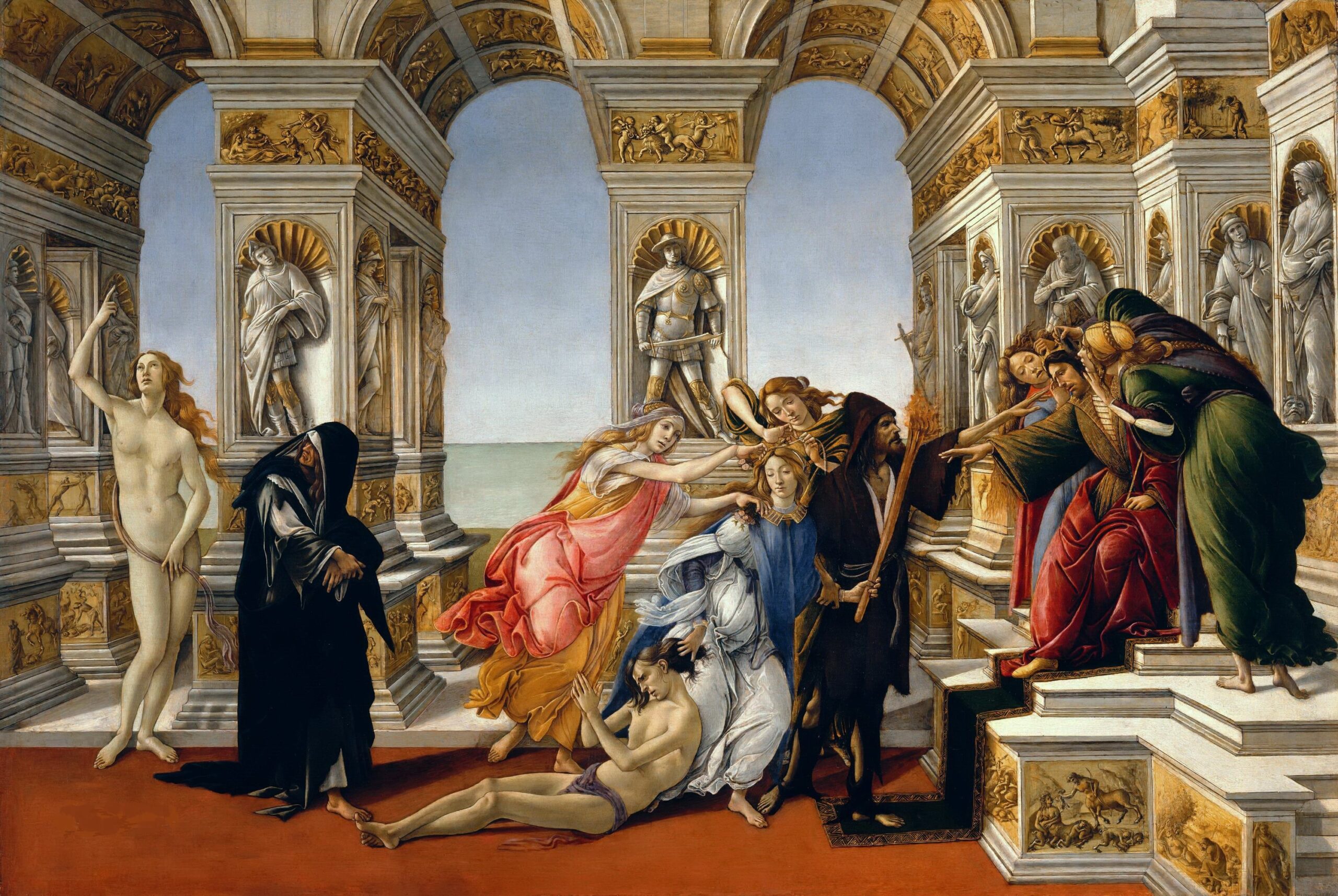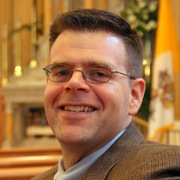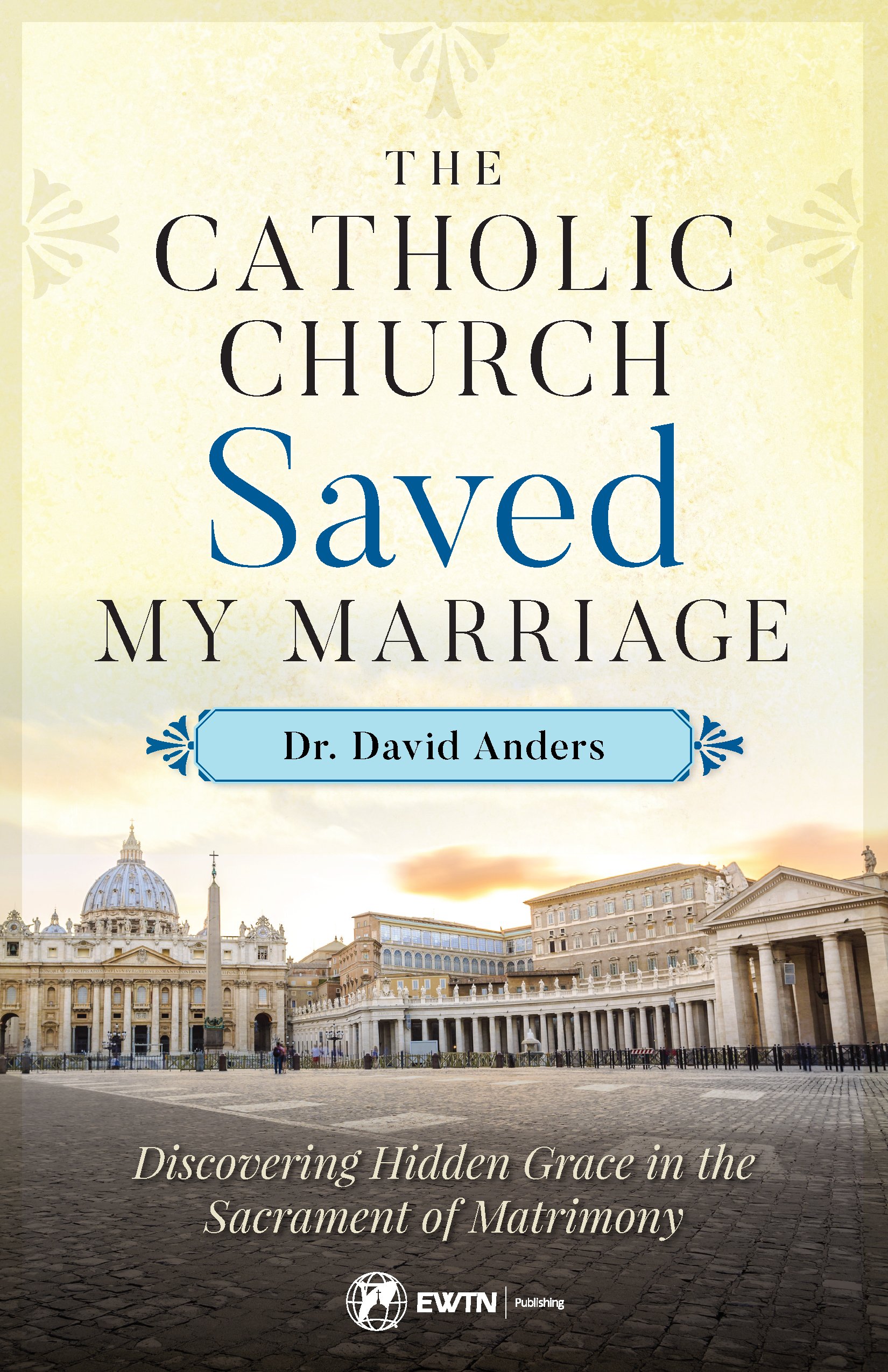
-by Jimmy Akin, a former Presbyterian, Jimmy is a convert to the Faith and has an extensive background in the Bible, theology, the Church Fathers, philosophy, canon law, and liturgy.
“It’s no secret that a lot of people disagree with the Church’s teaching on various points. Nor is it a surprise. The Church, like Christ, has always been “a sign that is spoken against” (Luke 2:34).
What is surprising—and scandalous—is that in our age many professing Catholics reject Church teaching, even teaching regarded as infallible. The most famous example is the Church’s teaching on contraception, about which opinion polls reveal widespread dissent.
Sometimes those seeking to justify this dissent argue that the Church’s teaching on contraception has not been “received” by the faithful and therefore is not authoritative. (More recently, Fr. James Martin proposed a similar argument concerning homosexual behavior.)
What are they talking about?
Reception and the Sense of the Faithful
After reviewing how the Holy Spirit assists the Church when it defines a teaching as infallible, the fathers of the Second Vatican council stated:
To these definitions the assent of the Church can never be wanting, on account of the activity of that same Holy Spirit, by which the whole flock of Christ is preserved and progresses in unity of faith (Lumen Gentium 25).
The council taught that the Holy Spirit preserves the flock of Christ in the unity of faith. And so, when the Magisterium infallibly defines a teaching, the Holy Spirit guides the faithful to accept—or “receive”—that teaching.
This process of reception reflects what theologians have called the “sense of the faithful” (sensus fidelium) or the “sense of faith” (sensus fidei). According to Vatican II:
The whole body of the faithful . . . cannot err in matters of belief. This characteristic is shown in the supernatural appreciation of faith (sensus fidei) on the part of the whole people, when, from the bishops to the last of the faithful, they manifest a universal consent in matters of faith and morals (Lumen Gentium 12; CCC 92).
The Holy Spirit thus gives the Church—including the ordinary faithful—a supernatural sense of what constitutes the true faith, and when the Magisterium infallibly defines a point of faith, the Holy Spirit guides the Church’s members to accept it.
Clarifying the “Sense of the Faithful”
In the debate over contraception that followed Paul VI’s 1968 encyclical Humanae Vitae, dissenters argued that so many Catholics rejected its teaching that the process of reception had not occurred, and so the teaching was not accurate or authoritative. They even used quotations from Vatican II—like the ones we have just seen—to argue their point.
This led defenders of the Church’s teaching to try to clarify the proper role of the sense of the faithful. One point they made was that the process of reception is just that: a process. You can’t look at the immediate reaction to a teaching as a definitive guide. You have to give the Holy Spirit time to do his work in guiding the faithful.
Over time, a number of documents appeared that treated the subject of reception and the sense of the faithful. One of the most thorough was produced by the International Theological Commission (ITC), an advisory body run by the Congregation for the Doctrine of the Faith whose documents are published only if they are theologically orthodox.
The ITC on Reception
The ITC noted, despite the generally smooth reception of magisterial teachings:
There are occasions, however, when the reception of magisterial teaching by the faithful meets with difficulty and resistance, and appropriate action on both sides is required in such situations.
The faithful must reflect on the teaching that has been given, making every effort to understand and accept it. Resistance, as a matter of principle, to the teaching of the Magisterium is incompatible with the authentic sensus fidei.
The Magisterium must likewise reflect on the teaching that has been given and consider whether it needs clarification or reformulation in order to communicate more effectively the essential message (Sensus Fidei in the Life of the Church n. 80).
Conditions for the Sense of the Faithful
The ITC pointed out that just because a person is a Catholic doesn’t mean he is authentically displaying a true sense of faith. The fact that Catholics disagree on various points guarantees that they can’t all be right, and it’s obvious that some Catholics are more faithful than others.
Through his work in our lives, God offers all the baptized guidance in discerning truth from falsehood, but we still have free will, and so we must cooperate with his work for this guidance to bear fruit. The commission thus identified a set of criteria that an individual needs to authentically participate in the sense of faith:
a. Participation in the life of the Church
b. Listening to the word of God
c. Openness to reason
d. Adherence to the Magisterium
e. Holiness—humility, freedom, and joy
f. Seeking the edification of the Church
All of these are common sense:
- If a person was baptized Catholic but subsequently has never darkened a church door, he is so disconnected from his Faith that he can’t be said to display a supernatural sense of faith.
- The Faith is contained in the word of God, and so a willingness to listen to Scripture and Tradition is needed.
- A person who is unreasonable, who is determined to hold his opinions regardless of the arguments brought forward, is not displaying the discernment needed to distinguish truth from falsehood.
- Christ gave us a Magisterium, and a person who fundamentally refuses to listen to it is not authentically faithful.
- Holiness is a key goal of God’s work in our lives, and a person who doesn’t seek and display holiness is not cooperating with that work.
- God guides individuals to build up or edify their fellow Christians, so someone fundamentally oriented toward creating division and dis-edification is not cooperating with him.
Opinion Polls and the Sense of the Faithful
In many parts of the world, America included, most Catholics don’t even go to Mass on a regular basis. They thus don’t seem to have the level of involvement in their Faith needed to meet even the first criterion laid out by the ITC.
When you consider how few Catholics display all the qualities listed above, it is clear that polls cannot be relied on as a guide to the sense of the faithful. Thus the ITC comments that one can’t identify the sense of the faithful with public opinion:
I) First of all, the sensus fidei is obviously related to faith, and faith is a gift not necessarily possessed by all people, so the sensus fidei can certainly not be likened to public opinion in society at large.
Then also, while Christian faith is, of course, the primary factor uniting members of the Church, many different influences combine to shape the views of Christians living in the modern world.
As the above discussion of dispositions shows, the sensus fidei cannot simply be identified, therefore, with public or majority opinion in the Church, either. Faith, not opinion, is the necessary focus of attention.
Opinion is often just an expression, frequently changeable and transient, of the mood or desires of a certain group or culture, whereas faith is the echo of the one gospel that is valid for all places and times.
II) In the history of the people of God, it has often been not the majority but rather a minority that has truly lived and witnessed to the faith. The Old Testament knew the “holy remnant” of believers, sometimes few in number, over against the kings and priests and most of the Israelites. . . .
In many countries today, Christians are under strong pressure from other religions or secular ideologies to neglect the truth of faith and weaken the boundaries of ecclesial community. It is therefore particularly important to discern and listen to the voices of the “little ones who believe” (Mark 9:42) (n. 118).
Therefore, we need to think twice before taking the latest poll—whether about contraception or anything else—as a sign that a particular Church teaching has not been “received” by the faithful and so we don’t have to assent to it.
Obviously, many who dissent from Church teaching are regular churchgoers who may meet multiple criteria identified by the ITC. Nevertheless, the fundamental point remains: the true sense of faith is displayed by those who are authentically faithful—not simply those who are baptized.”
Love & faith,
Matthew












